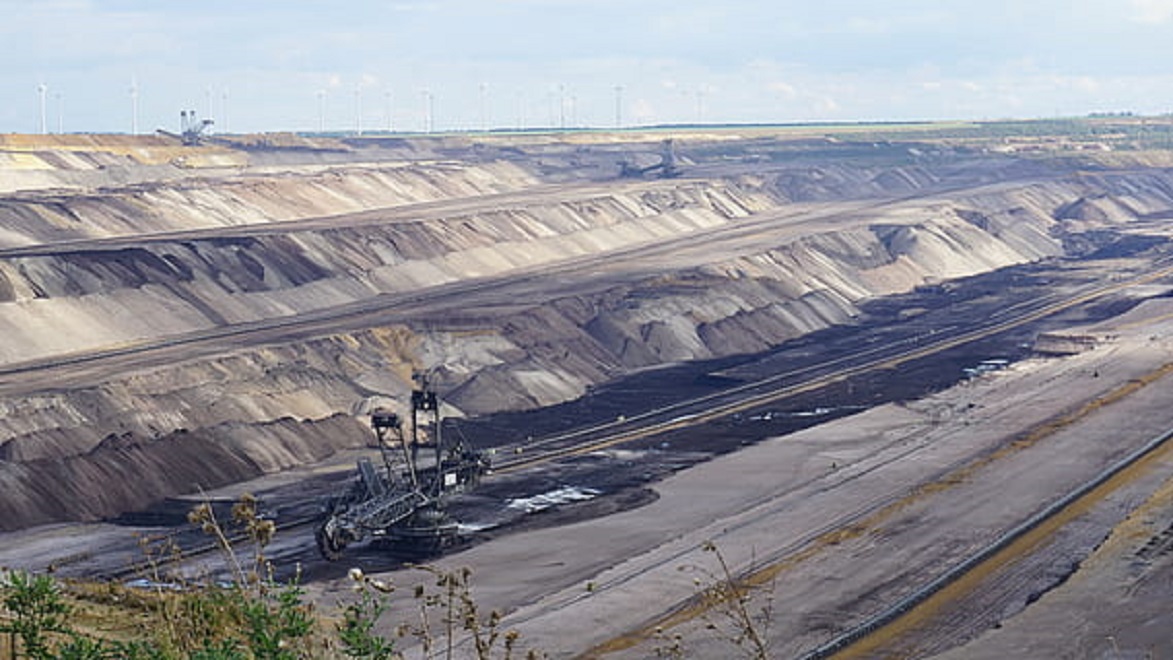Building a circular economy for used tyres in the Northern Territory through collaboration, determination, and sheer grit!
Australia’s Northern Territory, a relatively remote and difficult to access land, recovers only 12% of its used tyres, compared to a national recovery rate of 72%. That is 4,300 tonnes of used tyres buried in pits, landfilled, stockpiled or illegally dumped each year, according to Tyre Strewardship Australia (TSA).
TSA CEO Lina Goodman says, “the Northern Territory’s unique features make it an ideal testing hub, however it is also a challenging place to recycle and recover the valuable resources from its used tyres.”
A recent report commissioned by TSA, “Tyre Recycling in the Northern Territory” outlines solutions that could significantly increase the recovery of tyres that reach their end-of-life in the Northern Territory.
The report opens with what is a universal statement – “Government would need to better regulate the disposal of used passenger car and truck tyres. Recycling can compete with landfill on price. But it can’t compete with illegal dumping and unmanaged stockpiling. Concerted efforts are required to ensure better regulation and consistent procurement practices to both increase the volume of material available for recycling, and to give commercial operators confidence that they won’t be ‘undercut’ by rogue practices.”
The report highlights the lack of recycling, particularly of off the road tyres, where the records show zero processing. Though this is somewhat negative, it is worth remembering that Whitehaven Coal have gained approval in New South Wales to bury their OTR tyres on site – despite NSW having a better infrastructure and potential for recycling.
On the back of this report, TSA lead a discussion with representatives from state and local government, peak bodies representing the agriculture, mining and transport industry, as well as civil construction businesses and the Australian Flexible Pavement Association.
“There was a strong indication from industry that they wanted to invest in and use tyre derived material in roads and other civil construction in the Northern Territory. But they need confidence that the Territory Government will commit to reducing the barriers currently stopping them from investing and creating jobs in the NT,” said Goodman.
The group agreed that the following actions are required to increase the use of tyre derived material in roads and civil construction in the Territory:
- Changing road specification to allow for the use of tyre-derived material, already happening across Australia and globally. Again, this is a universal challenge to the tyre recycling and as[halt sector, getting governments to approve new technologies and open the markets.
- Improving road contract scheduling, providing road and civil contractors the certainty of appropriate contracting periods, creating the confidence to invest in new technologies using tyre derived material. This is of course linked to the obove lack of cohesion of specifications. Who, after all, will invest if the sp[ecifications are not approved.
- Specifying the procurement and use of recycled rubber material in road construction and public works.
- Supporting investment across the tyre value chain
An estimated 90% of off-the-road tyres are buried in-pit or stockpiled at mining sites when they reach end-of-life, the TSA commissioned report also calls out the importance of changing this practice for the Territory ( and across Australia)
“Changing on-site mining behaviour away from burying or stockpiling OTR tyres creates the volume needed to make all tyre recovery economically viable in the Northern territory,”
“This, in turn, will encourage investments in processing equipment, technologies and market development,” noted Goodman.
Burying tyres in-pit on mining sites is legal with the appropriate state-based Environment Protection Authority licence. It also delays the cost of resource recovery, passing it on to future generations, and denies the market sufficient volume of tyres to attract investment in used tyre collection and resource recovery.
TSA will continue to partner with industry and government, advocating for the changes needed to improve end-of-life tyre resource recovery in the Territory, and for the use of tyre derived material in road, civil construction and other end markets.
Goodman called on all levels of government to step up, “It’s a no-brainer. There are quick fixes that government can make now that will have a massive positive impact on using used tyres to make high performing roads and civil infrastructure in the NT, such as changing road specification and contract scheduling. It is already well-established practice in other states, creating local investment and jobs using old tyres that would otherwise just be a pile of dumped waste.”


















